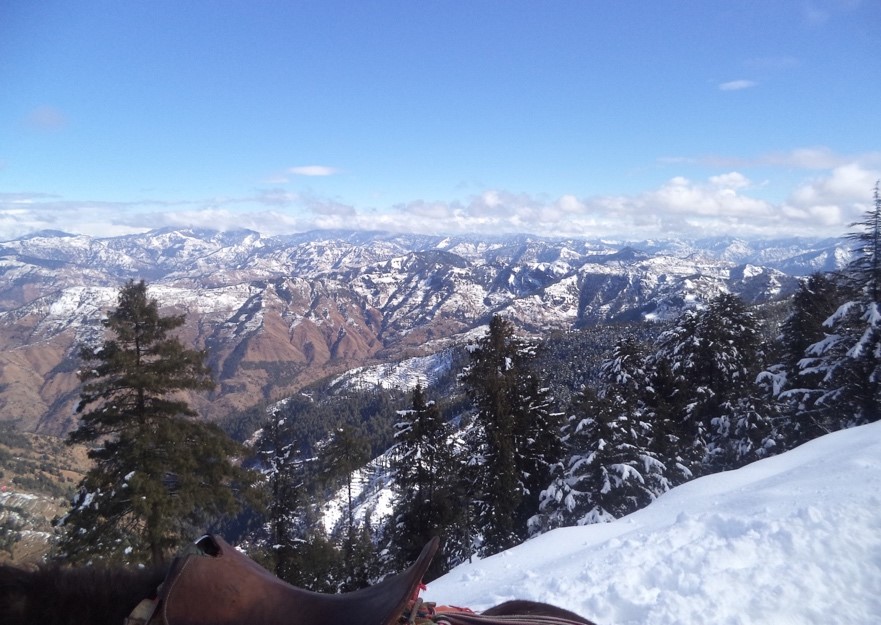





Disclaimer: Copyright infringement not intended.
Context
Details
About the national park
Biogeography
Biodiversity
Fauna
Flora
|
PRACTICE QUESTION Q) How many of the following statements with reference to Great Himalayan National Park is/are correct? 1. The flora-fauna of GHNP represents the westernmost extension of the Sino-Japanese Region. 2. It is located in Manali region in the state of Himachal Pradesh. 3. The state government of Himachal Pradesh has banned hunting in the state for more than ten years.
Correct Answer: b |
https://www.tribuneindia.com/news/himachal/centre-on-flora-fauna-at-himalayan-national-park-512262







© 2025 iasgyan. All right reserved